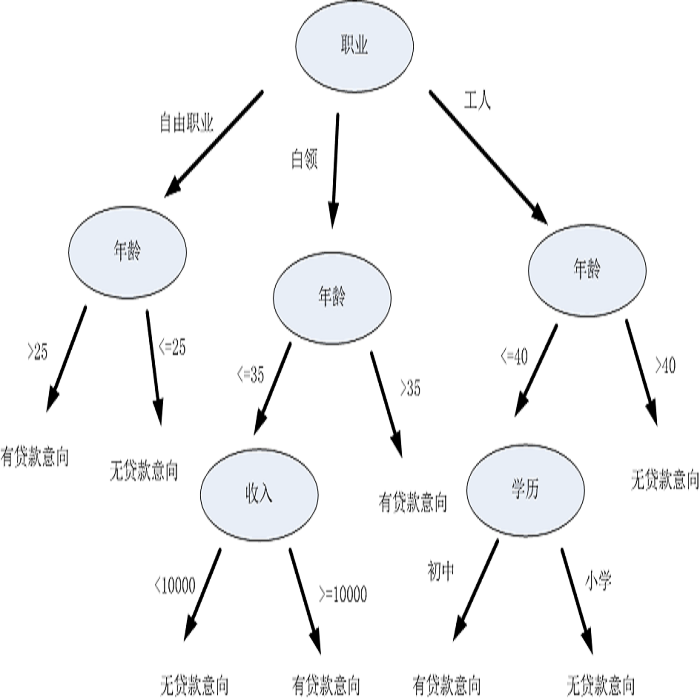Medical toxicology is the clinical specialty that treats the toxic effects of substances, be it an overdose, a medication error, or a scorpion sting. The volume of toxicological knowledge and research has, as with other medical specialties, outstripped the ability of the individual clinician to entirely master and stay current with it. The application of machine learning techniques to medical toxicology is challenging because initial treatment decisions are often based on a few pieces of textual data and rely heavily on prior knowledge. ML techniques often do not represent knowledge in a way that is transparent for the physician, raising barriers to usability. Rule-based systems and decision tree learning are more transparent approaches, but often generalize poorly and require expert curation to implement and maintain. Here, we construct a probabilistic logic network to represent a portion of the knowledge base of a medical toxicologist. Our approach transparently mimics the knowledge representation and clinical decision-making of practicing clinicians. The software, dubbed Tak, performs comparably to humans on straightforward cases and intermediate difficulty cases, but is outperformed by humans on challenging clinical cases. Tak outperforms a decision tree classifier at all levels of difficulty. Probabilistic logic provides one form of explainable artificial intelligence that may be more acceptable for use in healthcare, if it can achieve acceptable levels of performance.
翻译:医疗毒理学是治疗物质毒性影响的临床专业,无论是剂量过大、药物错误还是蝎子毒理学。毒理学知识和研究的数量,与其他医学专业一样,超过了个别临床医生完全掌握并跟上病理学的能力。将机器学习技术应用于医学毒理学具有挑战性,因为最初的治疗决定往往基于少数文本数据,并在很大程度上依赖先前的知识。ML技术往往不代表对医生来说透明的知识,增加使用障碍。基于规则的系统和决定树学习是更透明的方法,但往往不甚透明,需要专家理顺以实施和维持。在这里,我们建立一个概率逻辑网络,代表医学毒理学家的知识基础的一部分。我们的方法透明地模拟了执业临床医生的知识代表性和临床决策。软件,调头Tak,在直接案例和中间困难案例中与人类比较,但人类在挑战临床案例上表现不及格。塔克超越了临床案例的难度,但往往不甚透明,但通常要求专家粗略地加以概括,需要专家理顺地调整。在这里,我们建立了一个概率逻辑网络,可以令人接受地解释一个层次上如何以可接受的逻辑分析。




